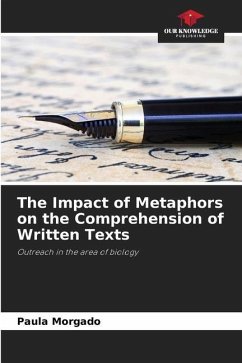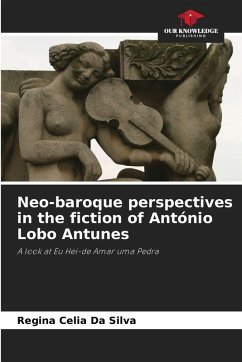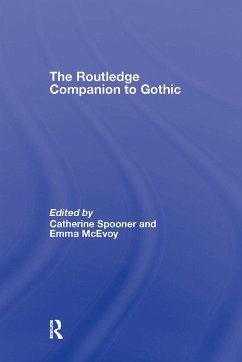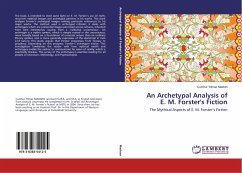
Categories of retrospection and prospection in fiction texts
In the novel And the Day Lasts Longer Than a Century. Ch. Aitmatov and "Cold Walls" by K. Zhusubaliev
Versandkostenfrei!
Versandfertig in 6-10 Tagen
24,99 €
inkl. MwSt.

PAYBACK Punkte
12 °P sammeln!
Analyzing in the book the categories of retrospection and prospection in the text, we turn to the concepts of "temporal", "spatial" and the process of their use in linguistics, determine their connection with the category of continuum. Retrospection creates an empirical thesaurus of the reader, through which the "relation of time" is learned, and the writer's thoughts are immersed in what he wants to say. It is realized in different ways. Its characteristic features are: repetition, to slow down the movement of the narrative, to suspend the continuum, to actualize the previously described even...
Analyzing in the book the categories of retrospection and prospection in the text, we turn to the concepts of "temporal", "spatial" and the process of their use in linguistics, determine their connection with the category of continuum. Retrospection creates an empirical thesaurus of the reader, through which the "relation of time" is learned, and the writer's thoughts are immersed in what he wants to say. It is realized in different ways. Its characteristic features are: repetition, to slow down the movement of the narrative, to suspend the continuum, to actualize the previously described event and to provide content-factual information to the content-conceptual part. The category of prospection is the second version of the verb form, which connects different linguistic forms in the content-factual information, predicting what the next part of the text will be about. Prospection is an element of speech, which meaningfully indicates what the main part of the text will be about.












